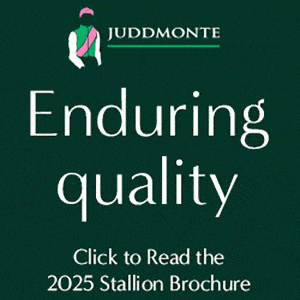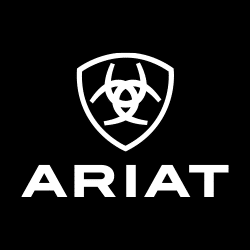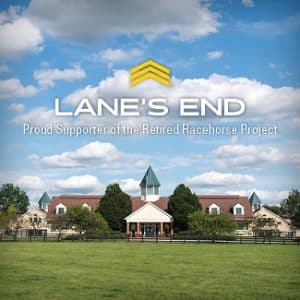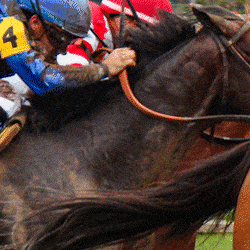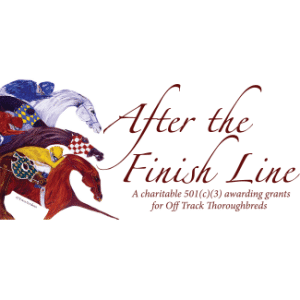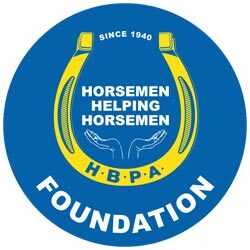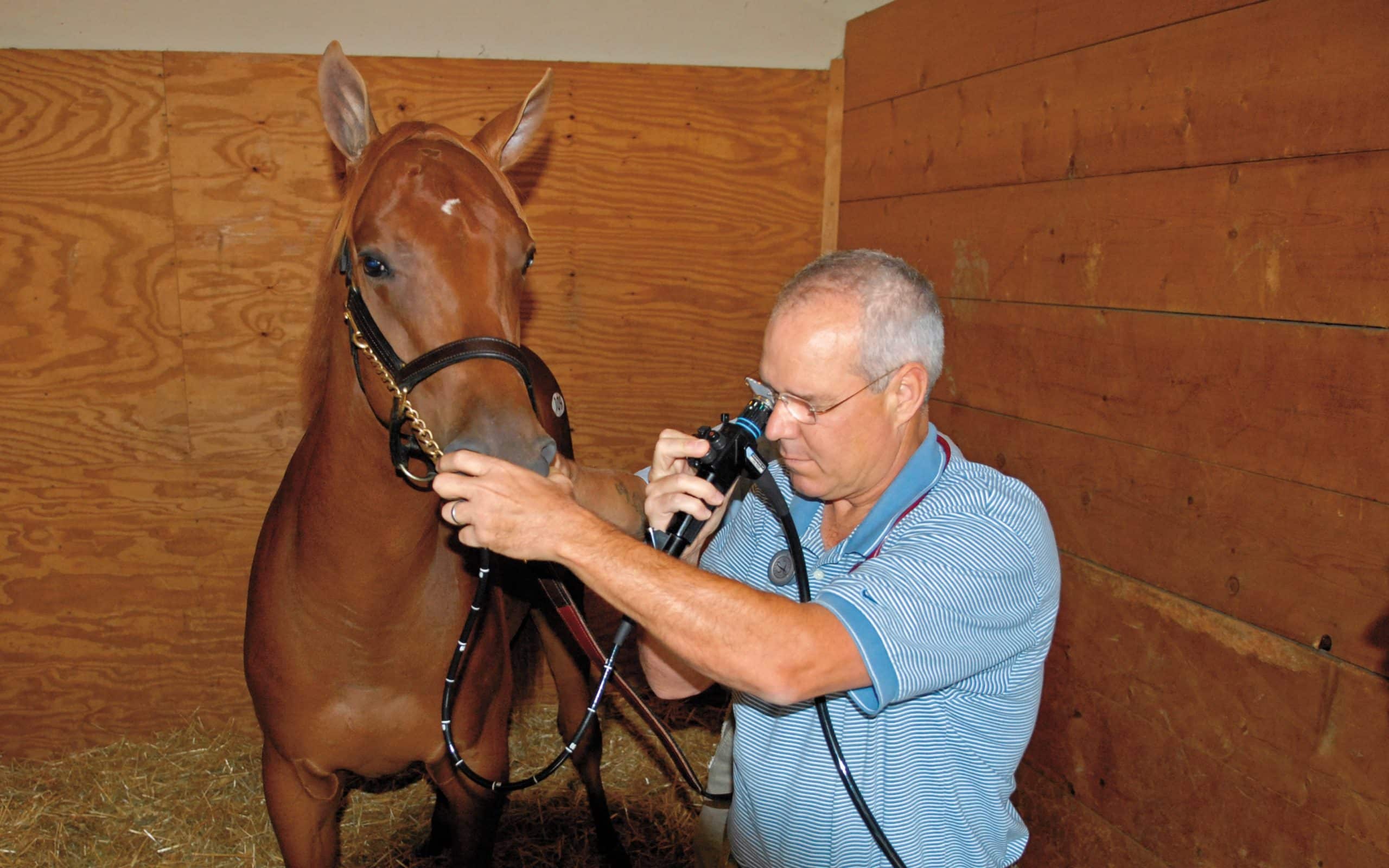
The advent of video endoscopy has helped buyers assess respiratory health. Anne M. Eberhardt/The Horse
If you are looking for a show horse, you most likely wouldn’t consider buying one without a prepurchase exam. It’s always wise to have a veterinarian’s advice on whether a horse has the necessary physical requirements and soundness for a particular discipline.
But what if 20 people are interested in the horse? Should he have to undergo 20 sets of radiographs or invasive checks for wind soundness? This was the dilemma Thoroughbred sales companies faced as more racehorses were being offered at public auctions. Many Thoroughbreds sell as weanlings and yearlings and, while they might have good sale manners, most young horses won’t stand still for endless diagnostic tests.
Sale repositories have proved a popular solution to this problem. At its simplest, a repository allows sellers to acquire one set of diagnostic images for a horse, and all interested buyers can send their veterinarian to view those images instead of subjecting the horse to more tests and examinations.
“Sale repositories are designed to help people sell and buy horses and help reduce wear and tear on the horses by the vets,” says Kathy Berkey, a bloodstock agent based in Mills River, North Carolina.
Berkey works for many racehorse owners and breeders across the country, but particularly in Kentucky and California. She lived in California for many years and not only buys and sells horses for clients but also provides breeding recommendations. Berkey has planned the breeding of such talented racehorses as champions Ce Ce and Whitmore, both millionaires and winners of Breeders’ Cup races.
Because her clients buy and sell horses, Berkey has seen repositories from both sides. She notes that while repositories can add to a seller’s costs in having veterinary exams done, their existence reduces the risks to the animal and gives buyers more information — but only if they choose to use it.
“Prospective buyers need to take advantage of the repository as much as they can,” Berkey says. “They have to do their due diligence upfront.”
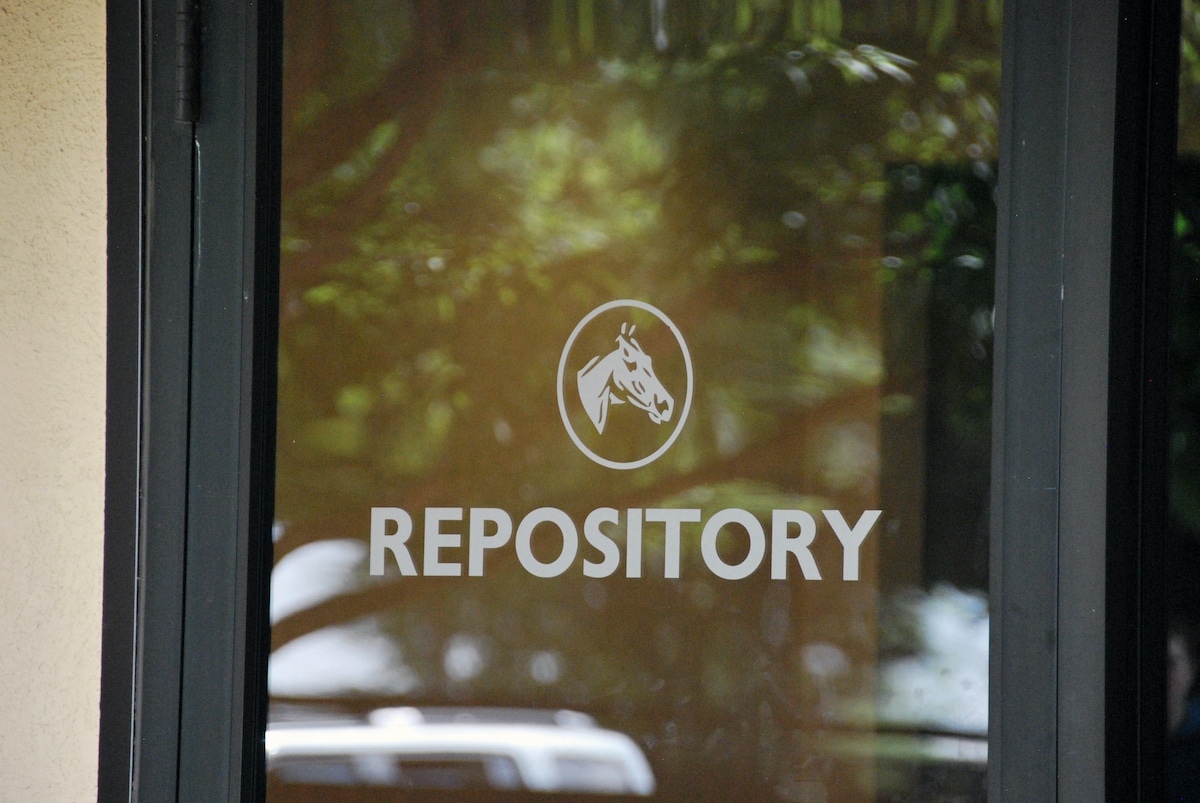
It is a buyer’s responsibility to know the conditions of sale and research information in the repository on horses that interest them. The Horse staff
This highlights one of the most important points about a Thoroughbred public auction: READ THE CONDITIONS OF SALE. Every announcer says this at the start of every sale, and every sale catalog has the conditions of sale printed in it, usually at the front. These conditions outline any warranties available, which differ depending on the type of sale. Buyers want warranties about a horse’s structural soundness if they are purchasing a prospective racehorse, while they’re more interested in breeding soundness in a broodmare.
It is a buyer’s responsibility to know the conditions of sale and research information in the repository on horses that interest them. If you buy a horse, haven’t availed yourself of the information available in the repository and then want to return him because of something you could have seen on those X-rays, you are out of luck.
But wait, you might say, why would I buy any horse that’s less than perfect? The truth is perfect horses don’t exist. The closer to perfect, the more a horse costs, whether it’s a racehorse, a Warmblood or a reiner.
The massive yearling sale Keeneland conducts every September in Kentucky proves this point. Because the sale lasts so long, Keeneland puts its most expensive prospects in the first part of the sale and its least expensive in the last. In the first session of the 2022 sale, horses sold for an average of $500,833. In the 12th and final session, horses sold for an average of $13,685.
A horse’s pedigree and conformation contribute substantially to how much money he brings. But the information you can find in the repository might also affect that final price. Not all imperfections compromise a racehorse’s ability, and buyers might forgive one they can live with if it brings the horse into their price range.
Each sale and sales company has its own rules about repositories and warranties. Keeneland’s conditions of sale, for example, say repositories will include such information as whether a horse has any deviation from normal in the eyes, is a wobbler, has been nerved or has undergone certain types of surgeries, depending on the horse’s age.
Sellers can elect to add items like limb radiographs and airway endoscopic videos to a horse’s repository, but veterinarians might have differing opinions about what those radiographs and scope videos show and whether it could affect horses’ performance.
“There are any number of X-ray issues that could turn you off of a horse,” Berkey says. “For examples, OCDs (osteochondritis dissecans lesions), depending on their placement. Is it on a weight-bearing surface or not? If the horse has a bone chip, can it be removed?”
The advent of airway endoscopy videos has helped buyers assess respiratory health considerably, Berkey says. It is crucial for a racehorse to have an efficient airway system. An endoscopic view of how the horse breathes is a more useful diagnostic tool than still photos, and it is also much better for the horse.
“Every time you can avoid sticking a tube up their nose is a lot better for the horse,” Berkey says. “We’ve even had horses where it gets to the point where you can’t scope them anymore — it gets too dangerous. Some horses just say, ‘No more!’ I’ve had horses where somebody will stick that tube down and scratch something or you start to get irritation (of the airway), and that’s not good.”
Some people refuse to buy any horse with a problem, no matter how minor. Others feel the discounted price they will get makes the problem worth accepting. Maybe a horse might have sold for $1 million, but he has a bone chip in an ankle or a knee. The subsequent price discount might make it cheaper to buy that horse and pay for surgery rather than buying a different million-dollar horse.
“It’s a very personal thing,” Berkey says. “Have a conversation with your veterinarian. Tell them how risk-averse you are.”
Once your veterinarian knows your position, he or she is better equipped to assess a horse’s suitability for your goals and budget based on what is in the repository.
Berkey remembers one yearling colt at Keeneland that should have sold for $200,000-$300,000, except his radiographs were decidedly less than perfect. A trainer took a chance on the horse and bought him for the relative bargain price of $30,000. That horse, now 7 years old, is still racing, having started more than 40 times with nine wins, 11 seconds and three thirds, and he has earned more than $150,000. His physical issues didn’t keep him from succeeding as a racehorse.
Repositories can help manage expectations and prevent problems after a sale. If someone is willing to buy a less-than-perfect horse, it wouldn’t be fair for another person wanting a perfect horse to outbid that person and then return the horse because it wasn’t perfect. In that scenario, no one is happy — the seller still has the horse, the buyer who wanted him didn’t get him and the “successful” buyer didn’t want the horse.
Perfection is expensive, and as a buyer you must weigh how many and what types of imperfections you are willing to accept in a prospective racehorse. The information available in the sale repository is a valuable part of the puzzle as you try to decide which horse to purchase.

